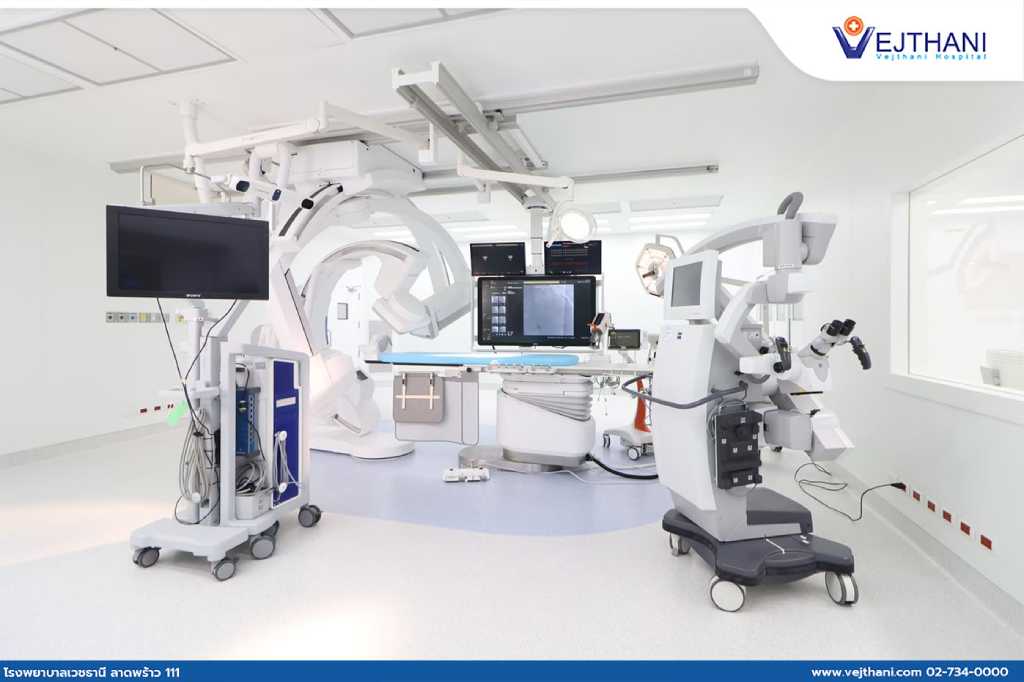Mild Cognitive Impairment (MCI) and Early-Stage Alzheimer’s: Diagnosis and Treatment Options
Learn about Mild Cognitive Impairment (MCI) and early Alzheimer’s. Discover diagnosis and IV infusion therapy that may slow disease progression.

Cerebral aneurysms or brain aneurysm don’t tend to show symptoms until they become severe. The disease progresses to an advanced level by the time it is detected. If not treated properly in time, it can lead to paresis, paralysis, or even death.
Dr. Pongsakorn Pongsapas, a neurosurgeon at Vejthani Hospital, stated that a cerebral aneurysm is an abnormality of a weak blood vessel in the brain. It causes a bulging blood vessel that resembles a balloon and can easily rupture. It can occur in anyone but is more common in individuals over 40. Risk factors include certain genetic disorders, a family history of cerebral aneurysm, untreated hypertension, smoking, and older age.
The symptoms of brain aneurysm do not tend to appear when it starts to develop. The following symptoms may occur after the vessel ruptures or bulges press against the brain tissue or nerves.
People with cerebral aneurysms are usually unaware of the symptoms until they have a severe headache. A health checkup is a great way to detect cerebral aneurysms. The disease can be diagnosed by CT scan and MRI, which detect any abnormal blood vessels in the brain. Cerebral Angiography is used to detect the current situation, size, and location of the cerebral aneurysm with more detailed images.
Biplane Digital Subtraction Angiography is an advanced technology that requires less radiation exposure than traditional treatment methods. It has a quicker duration and leaves no scars or minimal scars resembling a tiny wound in the groin area. This approach reduces complications and enhances fast recovery.
Neuroscience Center, Vejthani Hospital
Call 02-7340000 or Ext. 5400
English Hotline: (+66)8-522 3888
